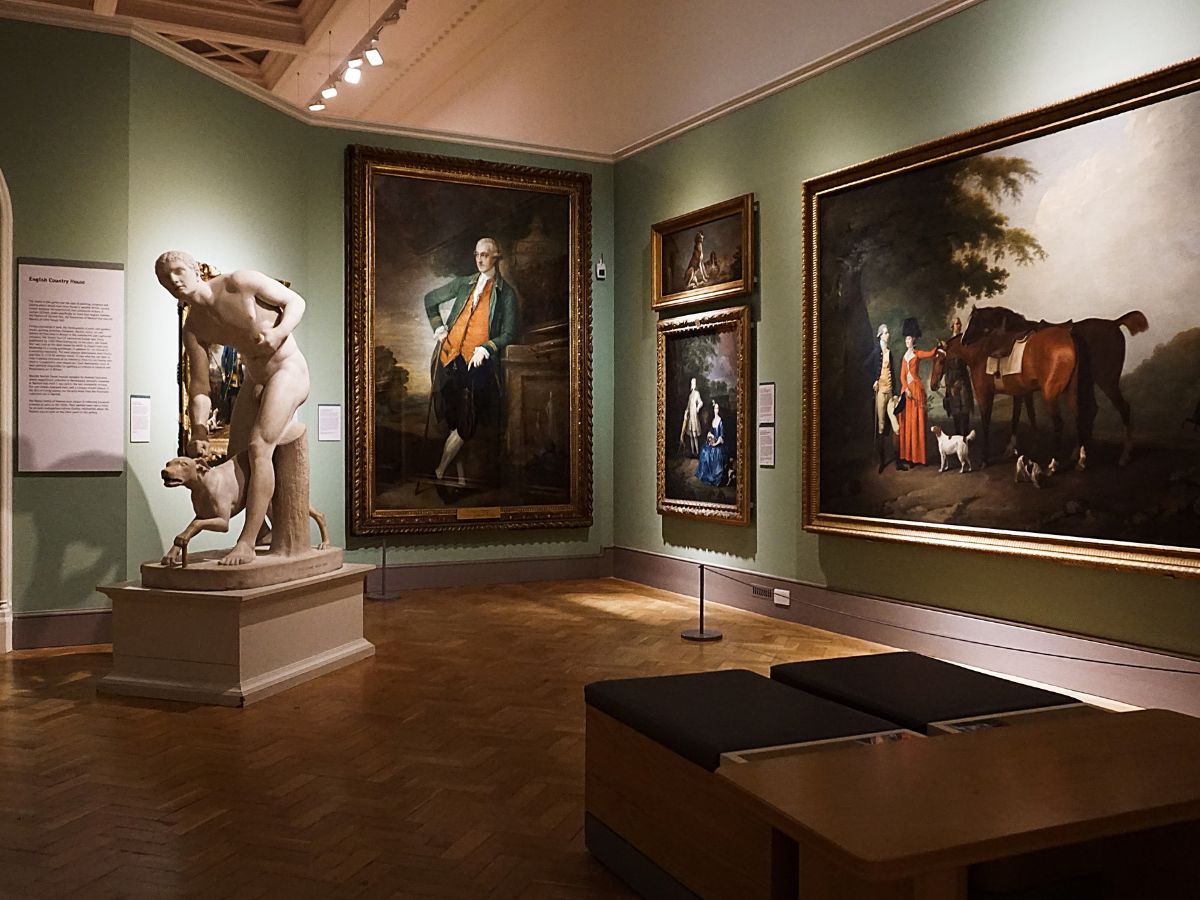
Why Fine Art Matters: Enhancing Minds, Cultures, and Economies
Fine art has long been recognized as a powerful medium for human expression, creativity, and cultural development. While it may not always receive the same attention as other disciplines like science or technology, fine art plays a crucial role in shaping societies and enriching individual lives. Its importance goes beyond aesthetics—it fosters critical thinking, cultural appreciation, and emotional intelligence.
1. Encourages Emotional and Intellectual Growth
Engaging with fine art stimulates both emotional and intellectual growth. From a young age, children who participate in artistic activities show significant improvements in cognitive abilities, problem-solving, and empathy.
According to research by the American Academy of Arts and Sciences, children exposed to arts education demonstrate greater tolerance, empathy, and even reductions in disciplinary issues. In adults, fine art helps enhance emotional intelligence and provide new perspectives, offering a unique opportunity for reflection and understanding of the human condition.
Fine art also helps to cultivate creative problem-solving skills. Artists challenge the status quo, express complex ideas, and use unconventional methods to bring their visions to life. This fosters a mindset that embraces innovation and new approaches, which can translate into other fields and industries.
2. Fine Art and Cultural Development
Art is a reflection of culture. Throughout history, fine art has been a central tool for documenting and shaping cultural movements, from Renaissance masterpieces to contemporary pieces that challenge societal norms. The importance of art in cultural preservation cannot be overstated. By studying works of fine art, we gain insights into different eras, ideologies, and experiences.
Research from Americans for the Arts highlights that communities that actively participate in cultural and artistic activities tend to be more vibrant and socially cohesive. Public art, galleries, and exhibitions not only enrich the lives of individuals but also strengthen communities by fostering a sense of identity and pride. These collective experiences build stronger, more engaged communities.
3. Socio-Economic Impact
Fine art is also a significant contributor to the economy. The creative economy encompasses everything from museums and galleries to film and fashion.
In the United States alone, the arts contribute over $763 billion to the economy each year, according to the National Endowment for the Arts. Artists, museums, galleries, and other cultural institutions generate employment and attract tourism, adding to a nation’s overall economic prosperity.
Studies show that individuals from lower socio-economic backgrounds who engage in arts education are five times less likely to drop out of school, underscoring the transformative power of the arts.
Art, therefore, not only adds cultural value but has long-term socio-economic benefits that improve overall quality of life.
Fine art holds an irreplaceable position in both individual and societal development. It stimulates critical thinking, nurtures emotional intelligence, and contributes to the economy. By fostering creativity and reflection, fine art not only enriches our lives but also helps us better understand ourselves and the world around us.
